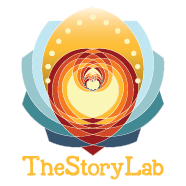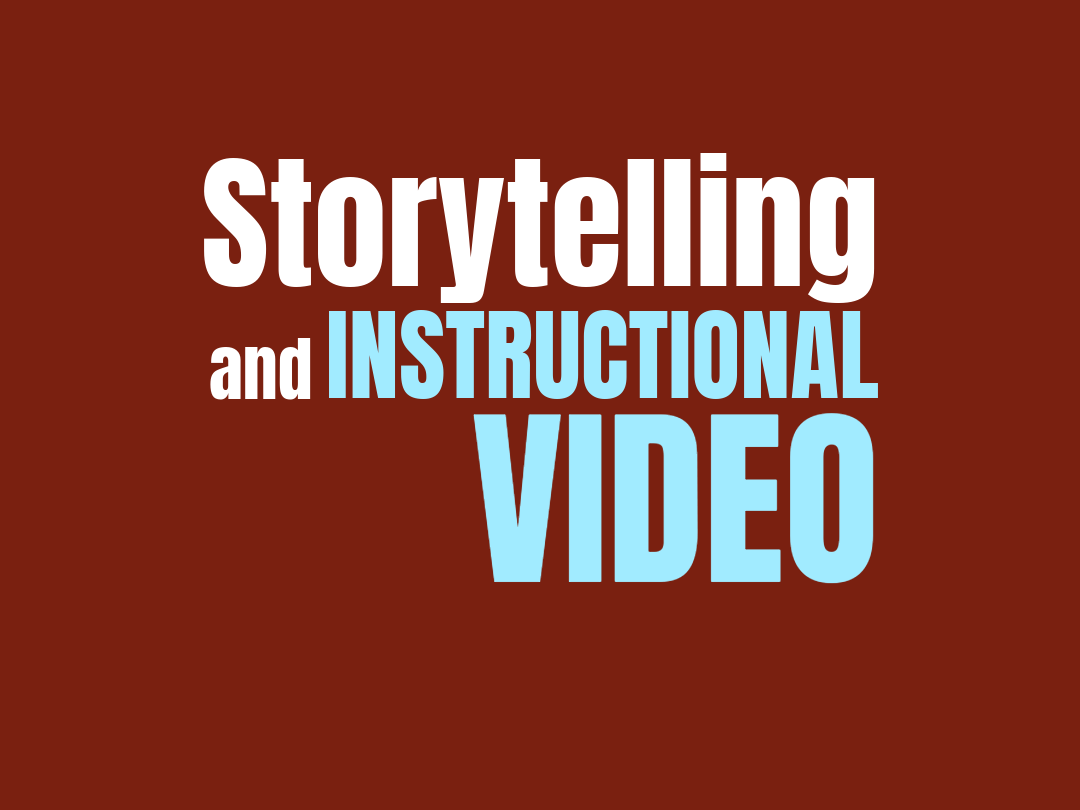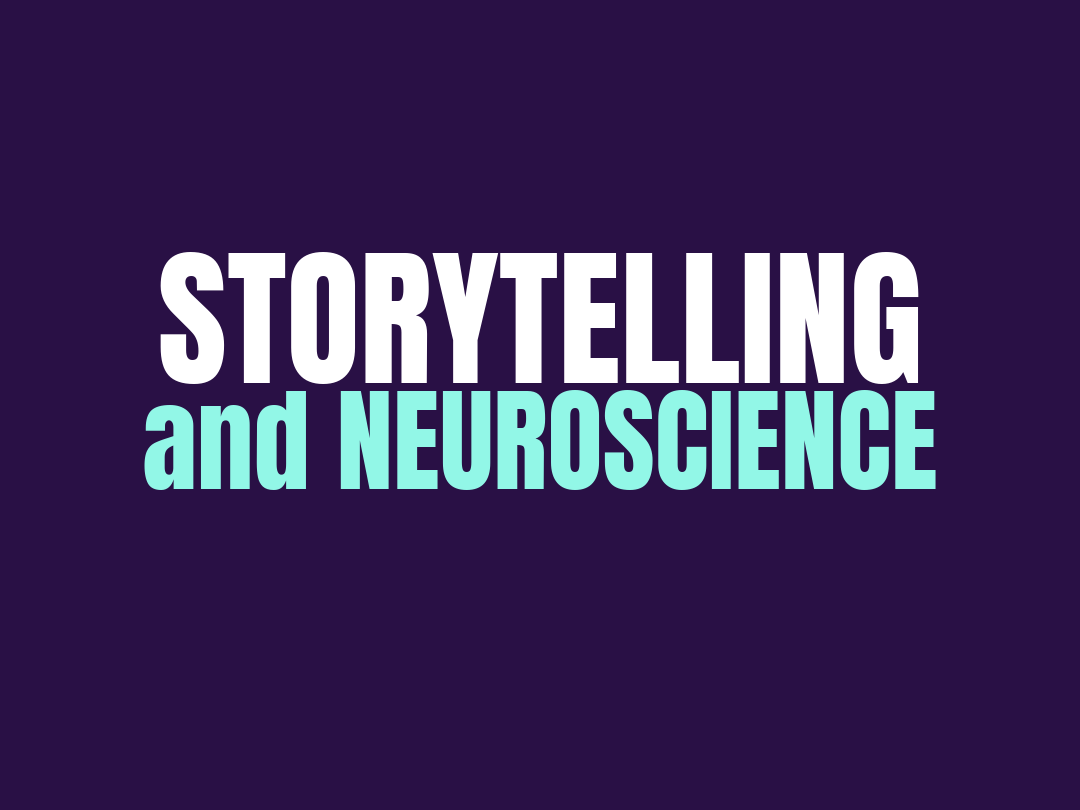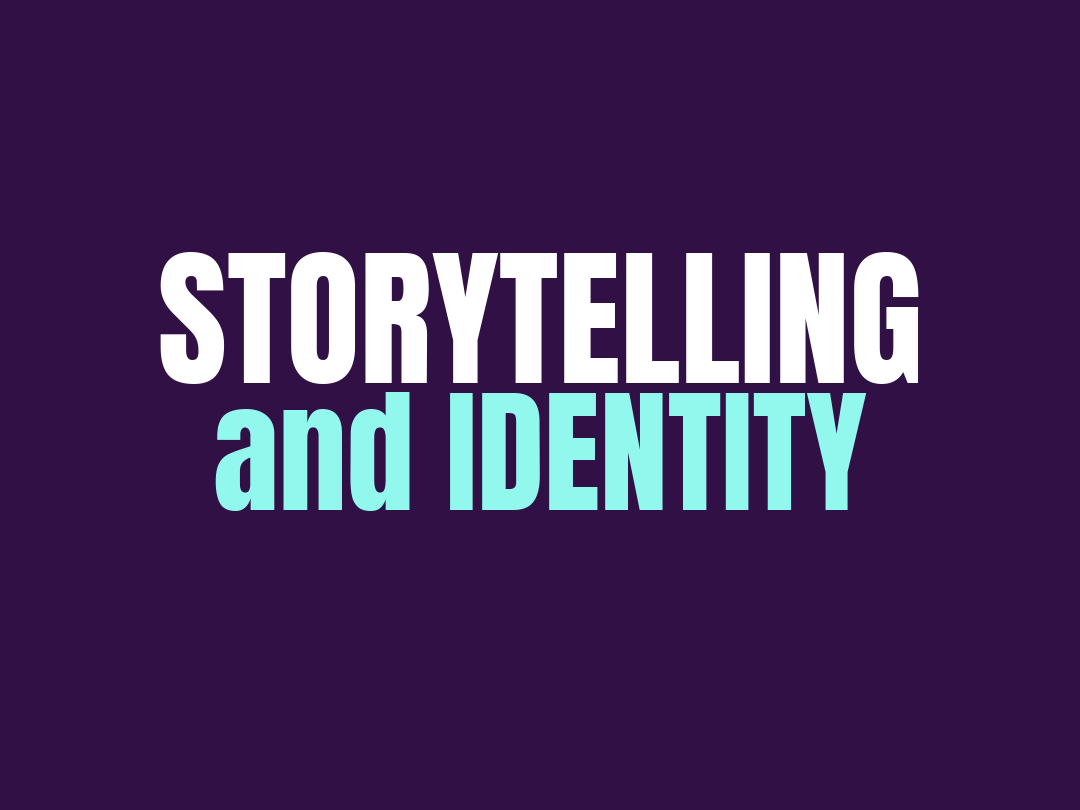Image created with Firefly Image 3
Here are some aspects of functional storytelling:
1. Communication of Information: Functional storytelling is often used to communicate complex information in a more accessible and engaging manner. By framing facts and data within a narrative structure, it becomes easier for the audience to understand and remember.
2. Training and Education: In educational or training contexts, storytelling can be employed to enhance the learning experience. Narratives help learners grasp concepts, remember key points, and apply knowledge in practical scenarios.
3. Brand Storytelling: Companies use functional storytelling to build and communicate their brand identity. Brand stories create an emotional connection with customers, conveying the company's values, mission, and unique selling propositions.
4. Leadership and Motivation: Leaders use storytelling to inspire and motivate their teams. Personal anecdotes, success stories, or narratives that highlight shared values can be powerful tools for building morale and fostering a sense of purpose among employees.
Image created with Firefly Image 3
5. Change Management: During periods of organizational change, storytelling is employed to explain the reasons for change, address concerns, and create a shared vision for the future. Stories can make change more relatable and help employees navigate transitions.
6. Marketing and Sales: Functional storytelling is widely used in marketing and sales to create compelling narratives around products or services. Stories can evoke emotions, address customer needs, and differentiate a brand in a crowded market.
7. Customer Engagement: Businesses use stories to engage with customers. Testimonials, case studies, and user stories are common forms of functional storytelling that demonstrate the positive impact of products or services on customers.
8. Problem-Solving: Functional storytelling can be applied to problem-solving and decision-making processes. Presenting challenges and solutions within a narrative framework can aid in understanding, collaboration, and consensus-building.
9. Presentations and Public Speaking: Storytelling is a valuable tool for effective presentations and public speaking. It captures the audience's attention, makes information more memorable, and enhances the speaker's ability to connect with listeners.
10. Team Building: Functional storytelling is used in team-building activities to foster a sense of unity and collaboration. Sharing stories of past successes, challenges, and learning experiences helps build a shared team narrative.
In essence, functional storytelling is about using the art of storytelling strategically to achieve specific objectives. Whether in business, education, or leadership, the ability to tell compelling stories can be a powerful asset in achieving communication goals and influencing outcomes.








